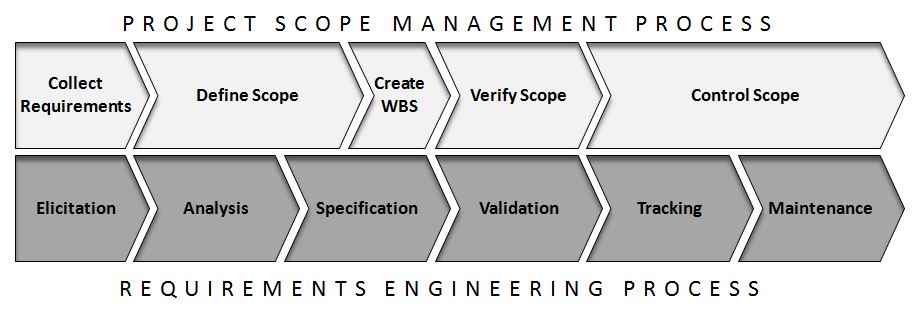Jamal's Musings - What is a Project? A Simple Question with a Very Difficult Answer
Submitted by Jamal Moustafaev on Sat, 06/28/2014 - 13:25This is a seemingly simple question, at least, for a certified project manager. After all we all know that a project is an “endeavor that has a definite start and an end, undertaken to deliver a unique product a service”. Usually this definition is followed by a couple of illustrative examples:
- Creation of the first prototype of the Formula One car is a project since it does have a defined start, an end and produces a unique product.
- Mass production of, say, canned soup is not a project, since while it has a defined start it does not have a defined end. Also, thousands of cans can’t be considered a unique product since all of them are identical.
These examples unfortunately do not reflect the complexities that are usually encountered when deploying project management at various organizations. I remember a consulting engagement when we were working together with a focus group of the employees at a large government organization. One of the tasks on our agenda was to determine what would be considered a project by the company standards and thus require the application of the project management methodology. The following conversation took place between one of the employees and me:
Me: Project is an endeavor that has a definite start and an end undertaken to deliver a unique product a service.
Employee: Wait a second! So, according to this definition the act of sending an e-mail is a project, right? It has a defined start and an end and represents a unique product …
Me: Well, you can look at it this way …
Employee: Does this mean I have to write a project charter, requirements document and a project plan every time I intend to create an email?


